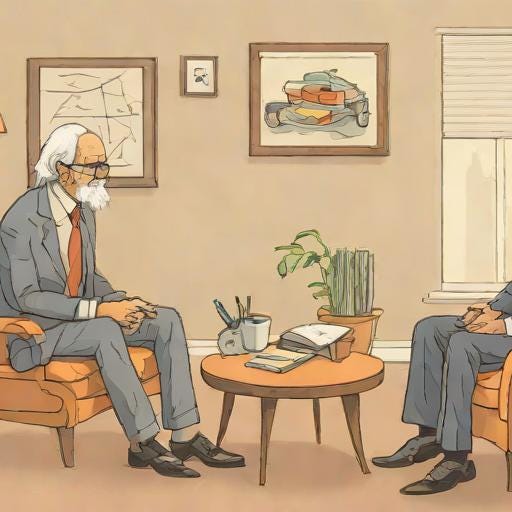The Old Stone School House
By Ed. Blair
I've seen once more the school house grounds
Where oft I spent sweet days,
Of mirth and joy and pleasure rare,
In childhood's pleasant ways,
I've stood upon the ground where then
The children used to play,
It still seemed that I ought to hear
Those voices passed away.
The playground seems not half so large,
The lane not half so wide,
The dear old walls so small, how could
So many get inside?
And dirt and stones now fill the well
That furnished water sweet,
And climbing vines have woven there
The song-birds' safe retreat.
The dear old house no longer stands,
It burned long years ago,
And all that's left are crumbling walls
That time is sinking low,
Oh, ruins! how like youthful hopes,
When time has fl.own and left
Declining years, with scattered friends,
And darling ones bereft.
The wild flower blooms there as of old,
But ah! how sad to me,
No barefoot boys or girls were there,
There loveliness to see.
No races for the soapstone bank
For finger rings we wore,
And pencils that we neatly cut
Like those bou ght from the store.
Those barefoot boys and girls are now
All men and women grown,
And scattered far, yes very far,
From the dear old house of stone,
And as I stood and gazed I seemed
To call them back once more,
And hear their shouts of laughter ring
As in the days of yore.
This poem touched something deep within me. It stirred nostalgic feelings about my childhood in the Bronx. After reading the poem and before writing the essay, I did a Google search of my elementary school. P.S. 91, Bronx, New York, still stands, but the photos of the school were unrecognizable to me. Everything was fine with the pictures, but everything looked so different. We are convinced that memories are intact, but they are not. And that is sad.
This poem shows a sad visit to a place of childhood memories. It talks about returning to an old schoolhouse, which was important in the poet's early life, only to find it changed and almost gone because so many years have passed. The poem looks at feelings of nostalgia and changes that must happen.
The poet begins with clear memories of happy times and playful days. The schoolyard, once full of laughter from children, is now quiet and overgrown. This difference between the busy past and the still present creates a strong feeling of loss. The image of the well, once full of fresh water, now filled with dirt and rocks, highlights how time can wipe away even the most cherished places.
The broken remains that replaced the old schoolhouse show how youth and aging go hand in hand. The poet thinks these ruins represent life's journey, from lively beginnings to slow, lonely years later. The missing children, who once filled the area with life, increase the sadness. Their joyful games and simple fun feel far away now, like finding old toys.
Ed Blair, the poet, imagines hearing old friends laugh. But he quietly recognizes that those times are lost forever. The kids from the past have grown up, spread out, and lived lives far from the schoolhouse. It brings a sad sweetness. While the memories are fresh in the poet's mind, they are echoes from a time that can't come back.
Have you ever visited a place from childhood that seemed large when you were a child and now seems small? It's another reminder that we cannot go back.







Seven years ago, my son and his family were living in the small town where I grew up. His daughter attended kindergarten at the same grammar school that I did. When I walked her to school, the first time, I was drawn well into the past, remembering the many experiences I had at that school. I stood in a parking lot where there had been a basketball court Where I played sometimes well into the evening. I remember breaking a school window with a softball that went out of control. I thought to myself how wonderful it is that I have experienced so much of my life that was beyond my wildest dreams when I attended that school.It was a cosmic experience to be walking my granddaughter to the same grammar school that I attended.
Yes, we have within us all the beloved places where we played, loved, lived, cried, and laughed. There is an internal architecture, cities inside us only we can see. How hard it is to return to a place that is missing or decaying, when inside the movie in our minds, there we are, as we were. As it was then. Thank you for this poem that all of us as adults can relate to.